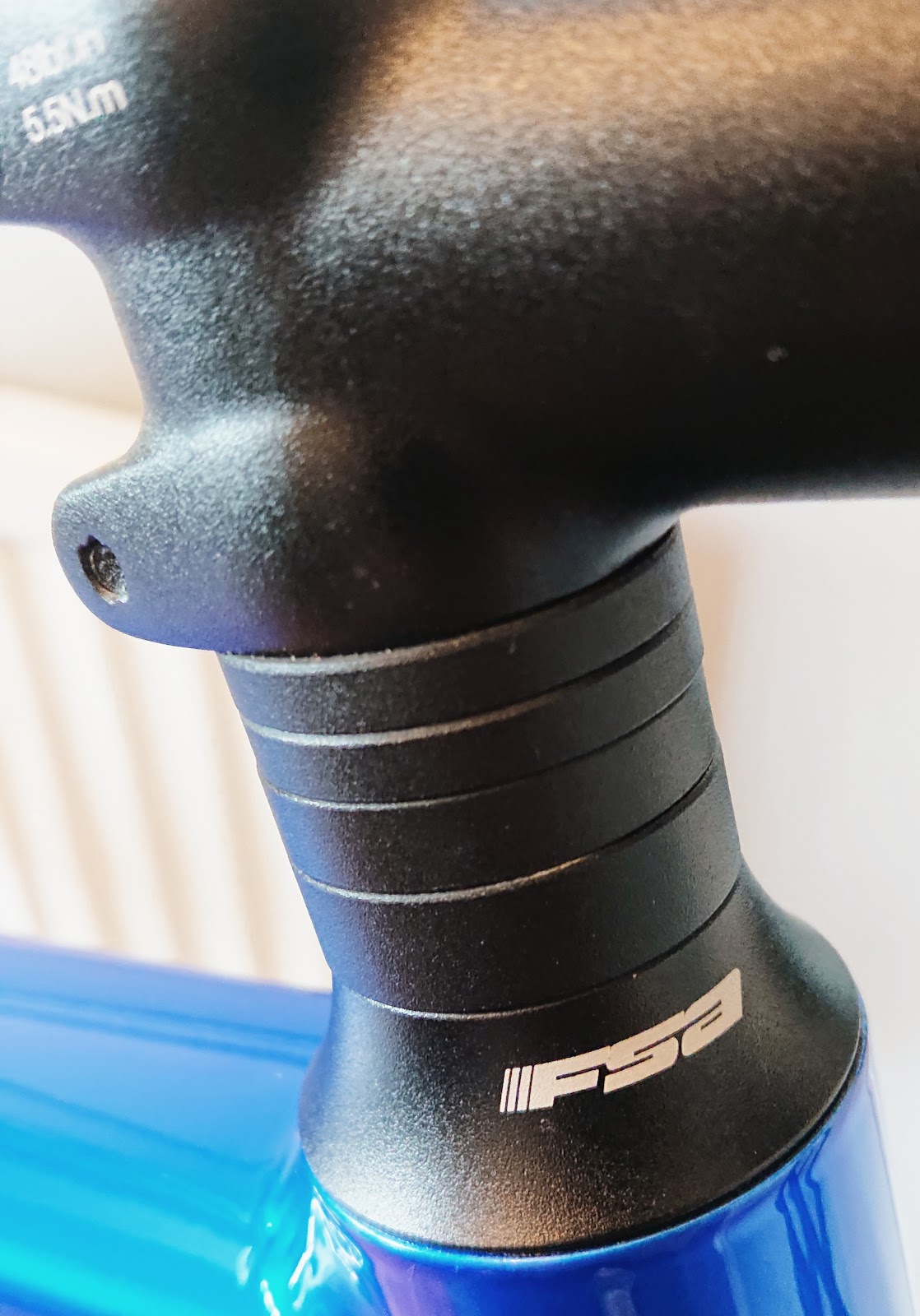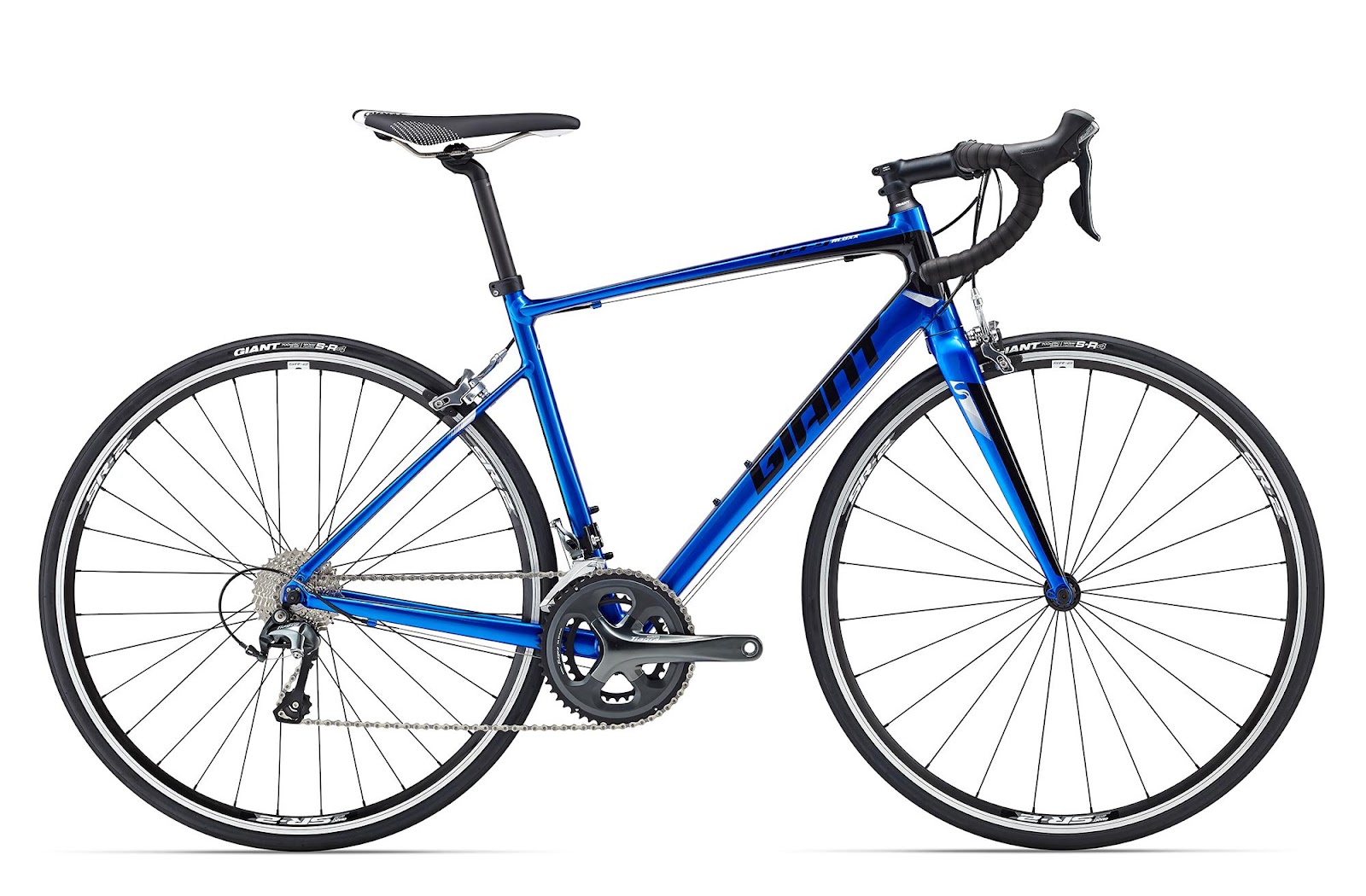You may recall that I wrote recently about wanting to buy a new road bike and, specifically, comparing the options. Turns out that it's a fraught business - I have quite a specific list of requirements (light, fast, endurance-focused, hill-friendly gear ratios and aesthetically pleasing, to name but five). Indeed, the conclusion I came to was that the bike that best met my needs was the one most out of my price range ... and even that wasn't a perfect match.
Speaking of a price range ... yes, I accept that to some spending upwards of £2k on a bike is chump change but the reality of all this is that I am a middle-aged man on a modest salary, with a family to support, a mortgage to pay and a somewhat limited amount of disposable income for non-essentials. In other words, I can't really justify £2k on a bike. In fact, forget really, I can't justify it at all, or even the £1,150 current list price of the most affordable bike on my shortlist (the Boardman SLR 8.9 105).
So, what to do, what to do, what to do ...
What to do, it turns out, is comb the used bike market until you find a bargain that, with careful upgrades and judicious spending, can be transformed into something the equal of that Boardman, but without spending £1,150 ... of course! And so (drumroll please) begins the Bargain Bike Challenge! Or #bargainbikechallenge if you prefer.
The first, and arguably hardest, part of the challenge is finding the right starting point, a semi-decent used bike at an affordable price. Immediately I had to forsake the idea of a carbon frame - a carbon fork is the best I could do. Turns out that I also had to forsake a Shimano 105 or higher groupset, and internal cable routing. And note my earlier requirements about the bike being aesthetically pleasing. Anything that looked ugly was immediately discounted. And why, oh why, are so many used bikes black, white and red? If I wanted a bike that looked like a teenage boy's duvet cover from the mid-80s, well, I'd be spoiled for choice. But most of my cycling gear is blue or black with blue accents, and these things are important...
The upshot of all this is that I've just bought a secondhand bike - yes, today is n+1 day!

So what have I got to work with? Well, the 2016 Defy 2 would have cost £799 when it was new - that equates to about £900 in today's money. Now even the most basic Defy in the current Giant range is £2,099 but then it's a very different beast these days - all carbon frame and disc brakes for a start. So perhaps a fairer comparison would be ... well, that's tricky, because of the current vogue for disc brakes. Maybe the Contend SL 1, albeit that has 11-speed 105. But it's close enough otherwise, and would cost £1,299; that's the kind of ballpark my new bike, henceforth the project bike, will have to operate in.
Of course I did my research before offering up my cash. This review, from the ever-reliable BikeRadar, proved very instructive, even though it was for an earlier incarnation of the bike. This article from Road Cycling UK also gave some good contemporaneous background.
My first impressions of the bike, having just ridden it to the end of the road and back? Well, it's completely stock, as per original spec, for starters, so that's 2x10 Tiagra with 50/34 on the front and 11-32 on the rear. It could benefit from some lighter wheels at some point, and a definite brake upgrade, replacing the unbranded block brake set-up with some cartridge-based calipers. New bar tape is a given, as is putting on my lighter saddle. I need to be a bit more scientific with weight reduction than I was on my current road bike though, as I made the front-end of that so light it got a bit skittish under fast cornering. But swapping the saddle out will probably save 150g at the rear, and that's no bad thing. Oh, and I'll put my SPD pedals on to replace the current flat pedals, of course.

Bottom line: after comparing all those lovely carbon bikes that cost upwards of £1,150, I ended up buying a six year old mostly alloy bike for £200 instead, and called it a project. Watch this space to see what I do with it, and whether the project is a success or abject failure ... after all, what could possibly go wrong?

When the bike was new, it looked exactly like this ... just look at those dropped seat stays ...
No comments:
Post a Comment